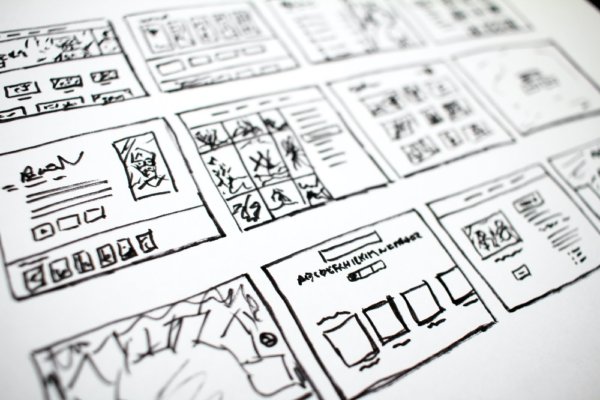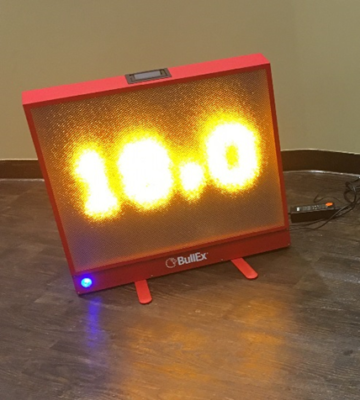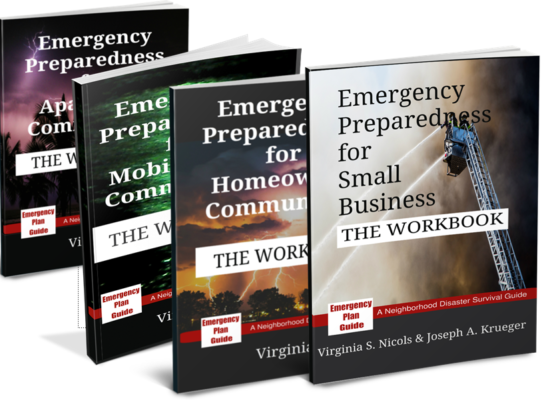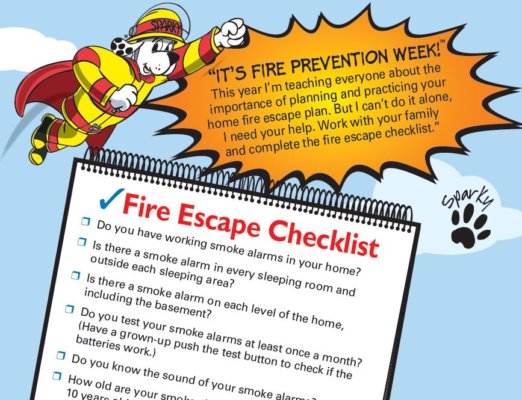Solar For Back-Up Power

We write often about how to be ready for power outages. The conversation may start with battery-operated emergency radios and/or flashlights, but it almost always moves to solar for back-up power.
A couple of weeks ago, our Advisory was about smallish “solar tools and appliances” that can be put to work when it’s dark, at home or outdoors.
This week, we’re continuing with a look at larger solar systems, the kind that can actually substitute for lost utility power.
Here’s an aside: You may not realize that starting in 2002 I worked for nearly 10 years with an energy consulting firm. One of our major projects was to introduce solar electricity systems to families, schools and businesses in southern California. When the program started, I remember the cost of solar being $9-$10 per watt for a residential roof-top system. Today, the average price across the country is more like $2.50-$4.00 per watt! That’s a 60% drop!
Price drop per watt makes solar of renewed and continuing interest. And it would be natural if your first question were, “So how many watts do I need?”
The correct question would actually be, “How many kilowatts do I need?” (How many thousands of watts?) For your reference, the average installation in the U.S. is around 6 kW. In 2020 the average system cost (after tax credits) was between $16,000-$20,000.
But that’s actually NOT the first question. In fact, there are several questions that come before that one!
So let’s take a look at some of the questions you’ll be asking, and finding answers for, if you are considering solar for back-up power. Along the way I’ll share some stories from the “old days,” some current resources, and some cautions.
Does solar really work?
Yes, it really does. Panels and their various connectors have become a lot better. Proof: Some panel warranties extend to 25 years! But keep in mind that it still takes lots of solar panels and accompanying equipment to produce the amount of electricity you would need to power your whole house. We’re talking thousands of dollars, not hundreds.
That’s why most people start with just a modest system – maybe as small as just two or four panels! — and add as they get more familiar with the technology.
(I spoke last week to a long-time EPG reader. He had just finished doubling the size of his 10-year-old system because of our utility companies are warning about “safety outages.” In California, wildfire season has started!)
The point is, solar is flexible.
How hard is solar to install?
Let’s look at some examples:
1. Hooking up the panels is straightforward. You can certainly learn to build a back-yard or RV-roof system yourself if you are willing to put in the effort. (See more on this, below.)
Here’s a diagram of a simple back-yard system. Direct Current (DC) is generated by the panel. It goes through the charge controller (to prevent any overloading) and is fed into the battery. From there, it heads to the inverter, where the DC current is changed to Alternating Current (AC). Most household appliances run on AC. Your AC appliances or devices can be plugged directly into that inverter and will have power as long as the battery remains charged.

2. Now, if you want to connect your system to your house, things get more complicated. Your house has power coming from the utility grid. If power from the grid fails, your home solar system has to shut off so it blocks any of your solar power from feeding back into the grid. (It’s actually a matter of life and death, because you can assume that somewhere on the utility grid people are working to fix whatever has gone wrong. “Your” solar power could electrocute them.)
Here’s another image, showing a “grid-tied” system. There would be a switch near (or part of) the meter (my red X) to protect the grid in the case of a grid outage. Note that this solar system is meant to supplement grid power. When the sun goes down, the solar stops.

3. Now let’s look at a hybrid system, that is, a grid-connected solar system designed with back-up battery power. Power for the home can come from either the solar panels or the utility grid or from both. In a utility power outage, a switch at the meter would turn off the grid. The amount of power usable in the home would then depend on the size of the solar system and its battery capacity.

Whew! So which type of system should I pick?
In this Advisory, we’re talking about solar for back-up power. So you’d want either the simple back-yard system or the full-fledged hybrid system. (The grid-tied version, number 2., is meant to cut your electricity bill, not provide back-up power.)
How much is it going to cost?
As you can imagine, it’s all going to depend on the size of the system. The bigger the system, the more parts and of course the more cost.
So your first challenge is to decide how much of your home you want to be able to power if the grid goes down.
Whole house?
Calculating how much capacity you’d need for the whole house is worth another whole Advisory. You’ll need to start by taking a look at your usual hourly energy requirement, how many peak sunlight hours are available where you live, whether your panels can be positioned to get the most of that sunlight, and how much overall space you have for panels and batteries. (Here’s a simplified description of how to figure everything from one of our local solar installers. )
The reality for most home-owners? Your solar system will probably NOT be able to power your whole house. A system that large will take a lot of space and will be just too expensive.
Just the essentials?
Experienced solar-system users pare down when it comes to sizing their system for back-up power. They know how to pick only the essential appliances (refrigerator, TV, medical device), how to measure the appliances’ kW requirements, and how to schedule when appliances will take their turn, so as not to overwhelm the system.
If you’re trying to size a system for essentials only, check out this article. It will give you an idea of how many panels it takes to run particular appliances.
What should my next step be?
Based on my research and my experience, I recommend you (1) do some homework and then (2) talk to professional installers to get some advice and some quotes.
Professional system installers will want to know:
- Do you want a grid-tied system or a stand-alone system or a hybrid system? (For emergency power, it’s either of the last two options.)
- What appliances do you absolutely need to be able to run if there is a power outage? (Type, size, amps, how often and how long, etc.)
- How much space do you have for panels, batteries and associated components? (Solar contractors will likely take an image of your roof and yard and start with that, but of course they don’t know about your garage, etc.)
You will want to ask them:
- What panel options do I have? (Why do they pick the ones they use?)
- What inverter options do I have?
- How many batteries will I need to store energy for the appliances I want to run in an emergency?
- What warranties are available on the equipment?
- Will I be able to add to the system at a later date?
- What building or other permits are required?
- What tax benefits are available in my community?
If you are more of a DIY person, or want to know more before you reach out to a salesperson, consider these three steps.
First, go to Amazon and buy this book by Will Prowse. (We are affiliates at Amazon, as you know, so we’ll get a small commission.) Get the paperback version so you can mark pages, take notes, etc.
Hands down, Will has the best solar material for enthusiastic beginners. You’ll want to refer to this book often. (I have found that I need to review the watt/volt/amp equation on a regular basis!) The info works even if you aren’t installing your system on an RV. Here’s the link:

Second, go to YouTube and watch a few of Will’s videos. I’ve watched a half-dozen of them and every one is first-rate! Here’s one for beginners that will explain all the components mentioned above in my article, and show how they fit together.
Finally, take a close look at some of the “solar kits” or “all-in-one” solar power packages that are available for people starting out. (Search online for those words in quotes.) Kits are attractive and make sense, since you wouldn’t be buying all the individual parts separately. The video above shows a small kit. Below is a link to a larger kit (from the same company, Renogy) with 12 solar panels.
Renogy 3600 Watt Monocrystalline Solar Cabin Kit for Off-Grid Solar System with 12 Pcs of 300W Panel and Midnite MPPT ControllerFor all kits, do be careful to check what is included. Many “starter kits,” even the ones above, do not include batteries.
I think solar is a great addition for any energy-conscious person to consider. It has become ever more affordable and reliable, and is no longer considered “cutting edge.” Solar is here to stay!
From a preparedness standpoint, it’s also a reliable source of power for emergency communications and lighting, not to mention security.
Stay tuned. You’ll be reading more about solar here!
Virginia
Your Emergency Plan Guide Team
P.S. We’d like to hear about your experience with solar for emergency back-up. Leave a comment! (Give us an idea of where you live so we can make adjustments for our own experience.)































